 Metsä Fibre looks to curtail four sawmills for up to 90 days—affecting 350 workers. In related news: the fed’s tariff initiatives may help Canadian forestry stocks; Canada’s lawmakers get a forestry update; a fire damages Tolko’s Williams Lake mill; Sweden’s forest industry reports sharp decline; and construction prices rise despite lumber woes.
Metsä Fibre looks to curtail four sawmills for up to 90 days—affecting 350 workers. In related news: the fed’s tariff initiatives may help Canadian forestry stocks; Canada’s lawmakers get a forestry update; a fire damages Tolko’s Williams Lake mill; Sweden’s forest industry reports sharp decline; and construction prices rise despite lumber woes.
In Forestry/Climate news: West Fraser faces a logging blockade in Alberta; and the Washington Forest Protection Association is suing over the state’s new stream buffer rule. Meanwhile: UBC names tree scientist Shawn Mansfield Distinguished Scholar; Western Forestry Contractors announce their 2026 AGM speakers; the Wood Pellet Association of Canada names Michael Fantillo a Safety Hero; and the latest news from FSC Canada and the Canada Wood Group.
Finally, a Chicago County tackles invasive species with grazing goats rather than herbicides.
Kelly McCloskey, Tree Frog News Editor

 The much-pilloried Canada-U.S.-Mexico trade agreement was signed seven years ago this weekend—on November 30, 2018. A year later, it was amended to address rules of origin for autos, digital trade, IP, dairy and, who could forget, a sunset clause. We can all do the math. The December 10, 2019 amendments set in motion a 16-year term for the agreement, with a mandatory review every six years. Which means we’ll see more of a requiem than a birthday bash next week when Mark Carney is in Washington to help kick off the 2026 FIFA World Cup. But don’t bury CUSMA just yet. Despite the U.S. President’s freeze on negotiations, officials from both countries are talking every day and laying the groundwork for what will be an intense 2026. Not many insiders seriously expect CUSMA to go away; they’re working on changes—modifications, enhancements, renovations, depending on your point of view—that will continue to change the fabric of continental commerce.
The much-pilloried Canada-U.S.-Mexico trade agreement was signed seven years ago this weekend—on November 30, 2018. A year later, it was amended to address rules of origin for autos, digital trade, IP, dairy and, who could forget, a sunset clause. We can all do the math. The December 10, 2019 amendments set in motion a 16-year term for the agreement, with a mandatory review every six years. Which means we’ll see more of a requiem than a birthday bash next week when Mark Carney is in Washington to help kick off the 2026 FIFA World Cup. But don’t bury CUSMA just yet. Despite the U.S. President’s freeze on negotiations, officials from both countries are talking every day and laying the groundwork for what will be an intense 2026. Not many insiders seriously expect CUSMA to go away; they’re working on changes—modifications, enhancements, renovations, depending on your point of view—that will continue to change the fabric of continental commerce.




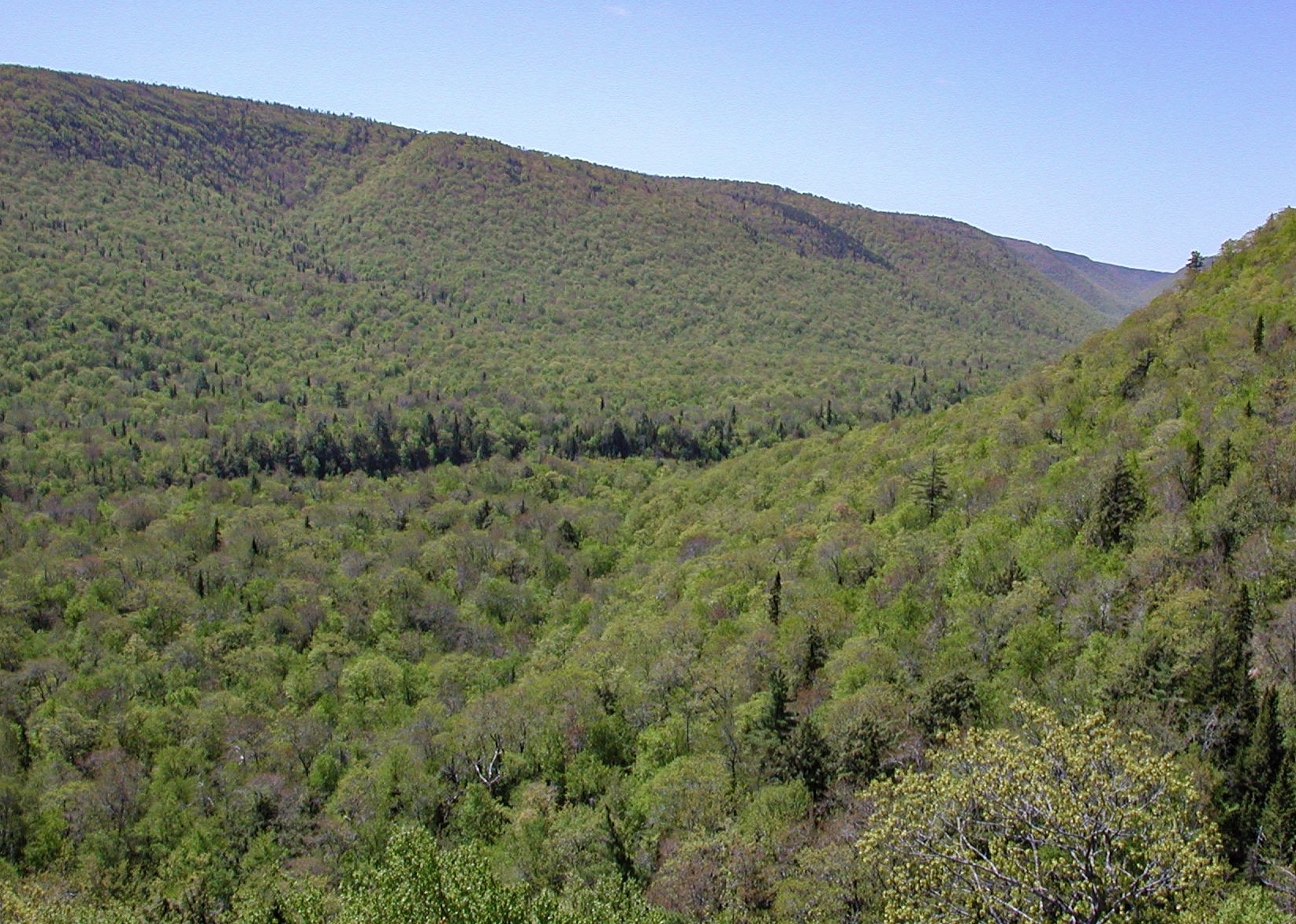 Private woodlot owner Andrew Clark says this year is one of the toughest he’s seen in the six decades he’s worked in the woods. For him, sales are ‘maybe 50 per cent’ of what they were last year. “It is the lack of markets which are the result of the tremendous uncertainty that the industry is in now because of the actions of the American government,” he said. He feels some of the federal government’s new supports – announced this week – could help. Prime Minister Mark Carney announced Wednesday a $500-million increase to the previously announced Softwood Lumber Development Program, which gives companies access to government-backed loans, totaling $1.2 billion. He also said Ottawa is working with railway companies to cut freight rates when transporting Canadian lumber across the country by 50 per cent. But Clark says the current situation – with the U.S. duties and tariffs amounting to 45 per cent – isn’t sustainable.
Private woodlot owner Andrew Clark says this year is one of the toughest he’s seen in the six decades he’s worked in the woods. For him, sales are ‘maybe 50 per cent’ of what they were last year. “It is the lack of markets which are the result of the tremendous uncertainty that the industry is in now because of the actions of the American government,” he said. He feels some of the federal government’s new supports – announced this week – could help. Prime Minister Mark Carney announced Wednesday a $500-million increase to the previously announced Softwood Lumber Development Program, which gives companies access to government-backed loans, totaling $1.2 billion. He also said Ottawa is working with railway companies to cut freight rates when transporting Canadian lumber across the country by 50 per cent. But Clark says the current situation – with the U.S. duties and tariffs amounting to 45 per cent – isn’t sustainable.




 B.C.’s largest-ever forestry trade mission to Asia
B.C.’s largest-ever forestry trade mission to Asia
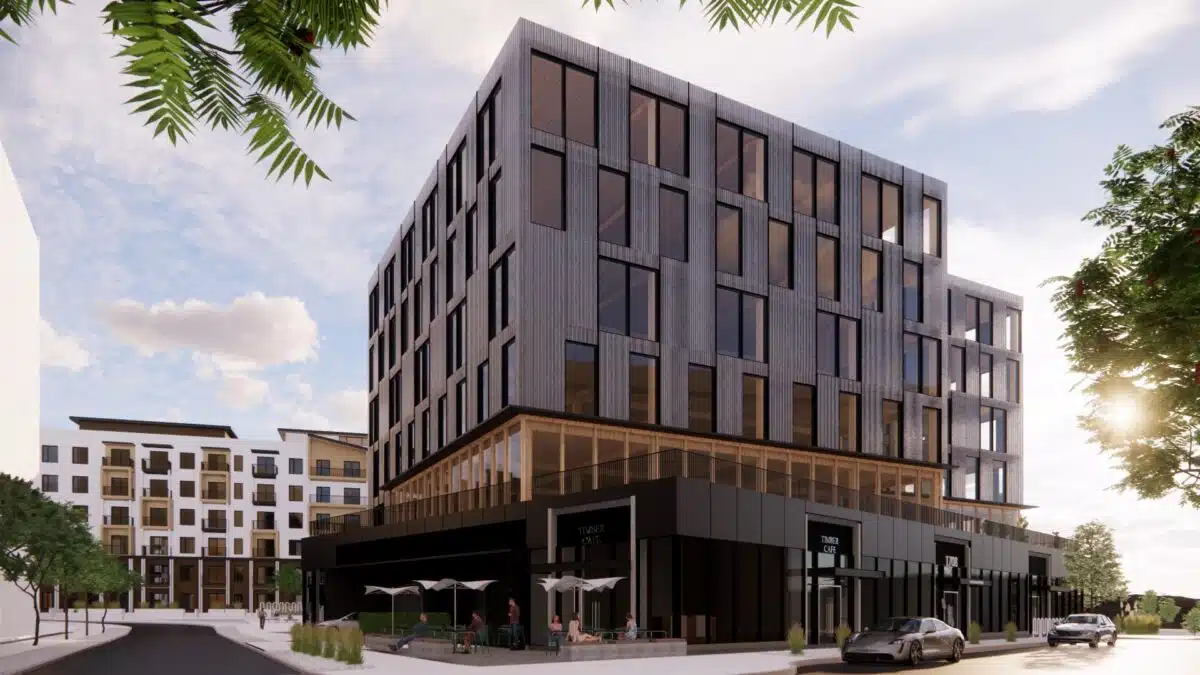
 The December edition — issued by FSC Canada — includes several major updates: the Canadian home-improvement and construction retailer RONA has become the first such retailer in Canada to use DoorDash for distribution; there’s news that Chantiers Chibougamau reaffirmed its commitment to FSC certification; Esri donated $1.65 million worth of geospatial technology to FSC; and there are recap highlights from the 2025 General Assembly in Panama. The newsletter also announces the launch of a new registry for certificate holders (ES Registry), publishes a new “Advice Note” on Indicator 55 of the Risk Assessment Framework, and opens two major consultations — one on Indigenous Cultural Landscapes and another to revise FSC’s Chain-of-Custody standards.
The December edition — issued by FSC Canada — includes several major updates: the Canadian home-improvement and construction retailer RONA has become the first such retailer in Canada to use DoorDash for distribution; there’s news that Chantiers Chibougamau reaffirmed its commitment to FSC certification; Esri donated $1.65 million worth of geospatial technology to FSC; and there are recap highlights from the 2025 General Assembly in Panama. The newsletter also announces the launch of a new registry for certificate holders (ES Registry), publishes a new “Advice Note” on Indicator 55 of the Risk Assessment Framework, and opens two major consultations — one on Indigenous Cultural Landscapes and another to revise FSC’s Chain-of-Custody standards.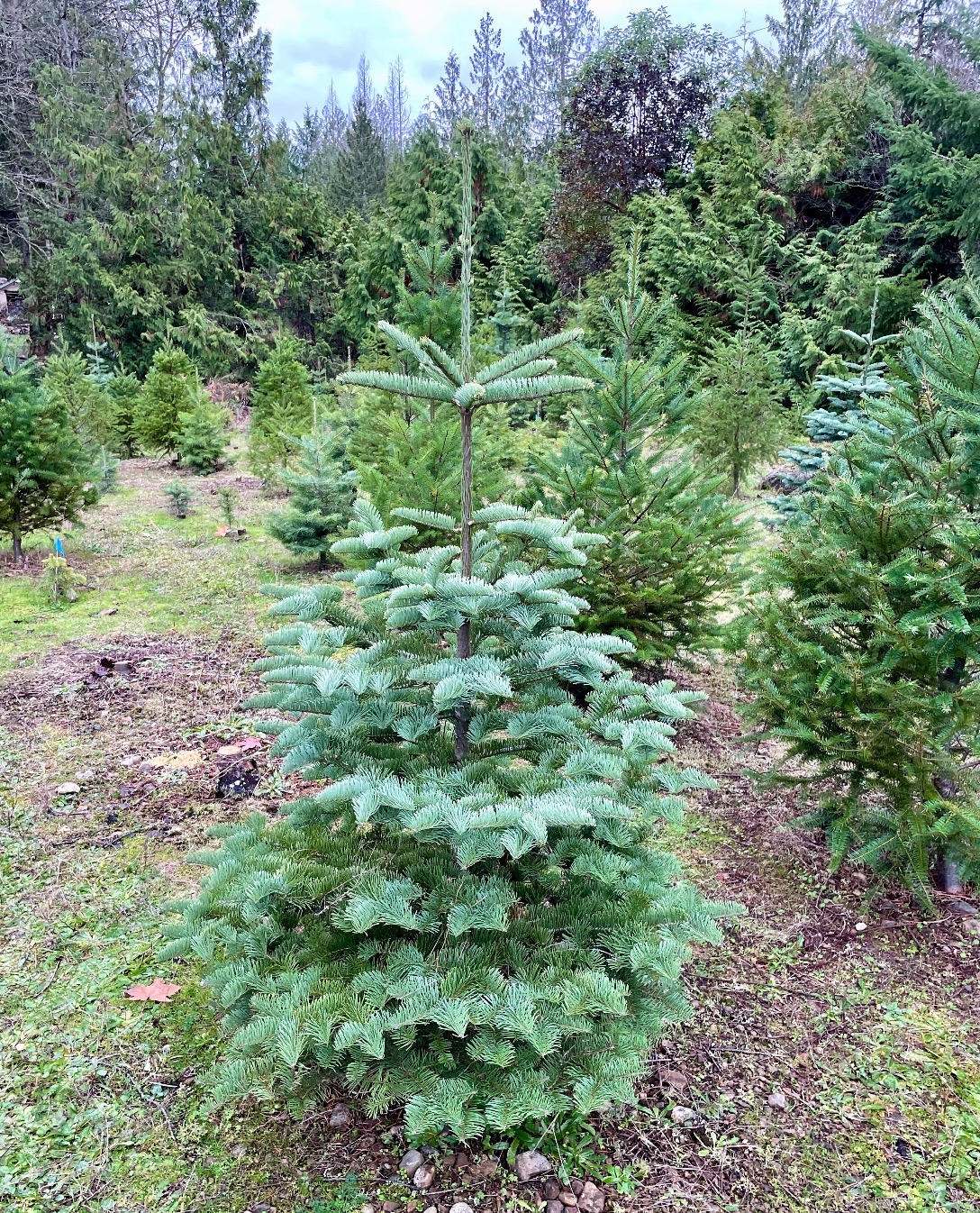 Modern-day circumstances are slowly transforming the Christmas tree farming industry. …weather is a challenge Michael Cormack faces on the Christmas tree farm he owns and operates in Ontario. … “Mother nature is a big, big factor in the business,” Cormack said. “This year in July, we were averaging over 29 C. So we had trees from two to three years ago that just died. … Four years ago, we had a tornado here that wiped out a bunch of our stuff.” …Another major factor is the cost of living crisis. …“Right now many of the farms are owned by elderly growers, and they’re aging out. So we’re losing a lot of farms year after year, which is unfortunate,” said Kelsey Leonard, founder and director of the Christmas Tree Lab at the University of Waterloo. …U.S. tariffs are also likely to have an impact on the costs associated with growing Christmas trees this year, Leonard said.
Modern-day circumstances are slowly transforming the Christmas tree farming industry. …weather is a challenge Michael Cormack faces on the Christmas tree farm he owns and operates in Ontario. … “Mother nature is a big, big factor in the business,” Cormack said. “This year in July, we were averaging over 29 C. So we had trees from two to three years ago that just died. … Four years ago, we had a tornado here that wiped out a bunch of our stuff.” …Another major factor is the cost of living crisis. …“Right now many of the farms are owned by elderly growers, and they’re aging out. So we’re losing a lot of farms year after year, which is unfortunate,” said Kelsey Leonard, founder and director of the Christmas Tree Lab at the University of Waterloo. …U.S. tariffs are also likely to have an impact on the costs associated with growing Christmas trees this year, Leonard said.



 The Forest History Association of BC is hosting its 43rd Annual General Meeting tonight, December 1, 2025 at 7:00 pm PST. All members are warmly invited to attend this virtual gathering and take part in shaping the direction of the organization for the coming year. The AGM will include key updates on current projects, board activities and election, and ongoing efforts to preserve and share BC’s forest and community history. For those interested in learning more about the FHABC’s mission—promoting research, storytelling, and education about the province’s rich forest heritage—visit their objectives
The Forest History Association of BC is hosting its 43rd Annual General Meeting tonight, December 1, 2025 at 7:00 pm PST. All members are warmly invited to attend this virtual gathering and take part in shaping the direction of the organization for the coming year. The AGM will include key updates on current projects, board activities and election, and ongoing efforts to preserve and share BC’s forest and community history. For those interested in learning more about the FHABC’s mission—promoting research, storytelling, and education about the province’s rich forest heritage—visit their objectives 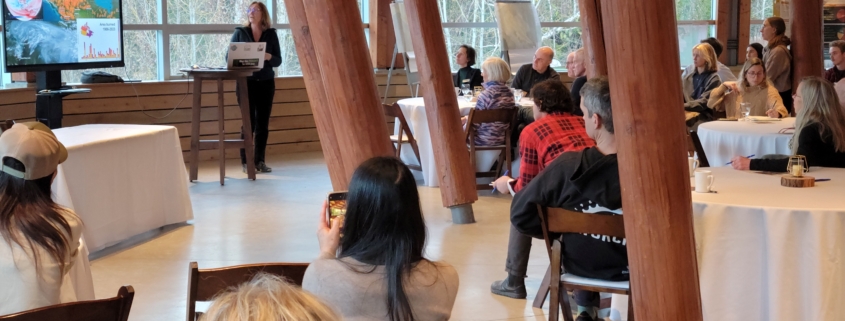
 I am writing to express my concern for the fate of B.C.’s remaining old growth forests, including the globally rare and at-risk Inland Temperate Rainforest. Most of this endangered forest is still not protected, and thus all creatures who dwell therein are equally unprotected. The Valhalla Wilderness Society … is putting forth a plan to protect the remaining intact Inland Temperate Rainforests through its three park proposals: the Rainbow-Jordan Wilderness proposal; the Selkirk Mountains Ancient Forest Park proposal; and the Quesnel Lake Wilderness proposal. This protection is crucial for the survival of these rare temperate rainforests. David Eby, you are undoubtedly well informed as to the many scientific reasons for protecting more forest, especially old growth forests…Importantly, only the BC Park Act and the BC Protected Areas Act can provide secure protection to preserve forest for future generations. Please adopt and implement the VWS park proposals as quickly as possible.
I am writing to express my concern for the fate of B.C.’s remaining old growth forests, including the globally rare and at-risk Inland Temperate Rainforest. Most of this endangered forest is still not protected, and thus all creatures who dwell therein are equally unprotected. The Valhalla Wilderness Society … is putting forth a plan to protect the remaining intact Inland Temperate Rainforests through its three park proposals: the Rainbow-Jordan Wilderness proposal; the Selkirk Mountains Ancient Forest Park proposal; and the Quesnel Lake Wilderness proposal. This protection is crucial for the survival of these rare temperate rainforests. David Eby, you are undoubtedly well informed as to the many scientific reasons for protecting more forest, especially old growth forests…Importantly, only the BC Park Act and the BC Protected Areas Act can provide secure protection to preserve forest for future generations. Please adopt and implement the VWS park proposals as quickly as possible. 



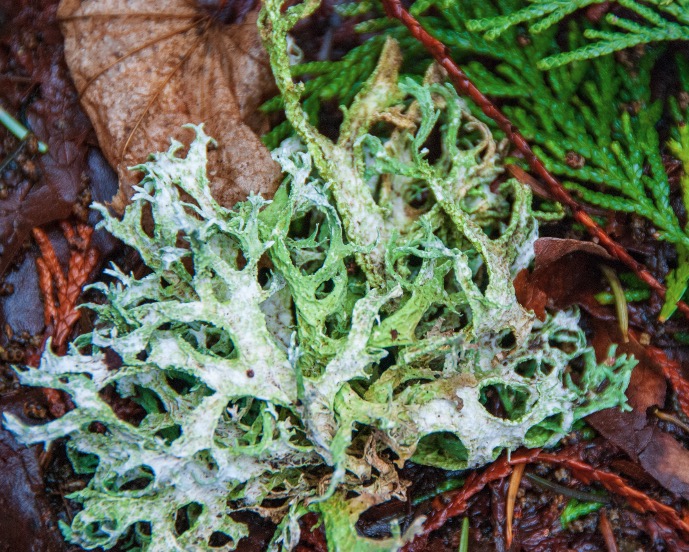 Researchers with the Nature Trust of New Brunswick are on the hunt for four different types of lichens and they’ve found one – in an unusual spot. The scaly fringe lichen, known scientifically as heterodermia squamulosa, was found between Alma and Riverside-Albert, east of Fundy National Park. “As far as I know, it’s the most eastern recorded occurrence of the species to date,” said Ilana Urquhart, a conservation coordinator with the Nature Trust. …Urquhart said lichens can be a good indicator of a healthy environment that can support a variety of species. “We might not directly see what the importance of them is, but they’re often found in areas that are really rich, that are biodiverse.” The biggest threat to lichens is habitat loss, according to Urquhart, which can be caused by logging and harvesting.
Researchers with the Nature Trust of New Brunswick are on the hunt for four different types of lichens and they’ve found one – in an unusual spot. The scaly fringe lichen, known scientifically as heterodermia squamulosa, was found between Alma and Riverside-Albert, east of Fundy National Park. “As far as I know, it’s the most eastern recorded occurrence of the species to date,” said Ilana Urquhart, a conservation coordinator with the Nature Trust. …Urquhart said lichens can be a good indicator of a healthy environment that can support a variety of species. “We might not directly see what the importance of them is, but they’re often found in areas that are really rich, that are biodiverse.” The biggest threat to lichens is habitat loss, according to Urquhart, which can be caused by logging and harvesting.
 Conservative Forestry Critic Ward Stamer wants to decrease regulation of the logging industry and an increase to the annual allowable cut. Logging proponents love to cite how important and valuable the industry is to B.C. communities. The reality, however, is quite different. Here are some figures that show clearly – in almost every metric – that logging is less valuable to B.C. communities and the B.C. economy than tourism. … These figures of the logging industry are from 2022 and the tourism figures are from 2022 and 2023, so they are roughly comparable. Tourism employed over 125,700 people; logging and related industry employed approximately 100,000. Tourism resulted in $5.9 billion in wages and salaries in 2023, 11.8 per cent higher than in 2022; Logging and related industries resulted in approximately $9.1 billion. There were 16,860 tourism businesses in operation in 2023, mostly in small communities, many of them remote and, increasingly, more of them Indigenous owned.
Conservative Forestry Critic Ward Stamer wants to decrease regulation of the logging industry and an increase to the annual allowable cut. Logging proponents love to cite how important and valuable the industry is to B.C. communities. The reality, however, is quite different. Here are some figures that show clearly – in almost every metric – that logging is less valuable to B.C. communities and the B.C. economy than tourism. … These figures of the logging industry are from 2022 and the tourism figures are from 2022 and 2023, so they are roughly comparable. Tourism employed over 125,700 people; logging and related industry employed approximately 100,000. Tourism resulted in $5.9 billion in wages and salaries in 2023, 11.8 per cent higher than in 2022; Logging and related industries resulted in approximately $9.1 billion. There were 16,860 tourism businesses in operation in 2023, mostly in small communities, many of them remote and, increasingly, more of them Indigenous owned. Yellowknife, Northwest Territories, will host a premier in-person event for Canada’s bioenergy sector from January 26 to 28, 2026—the
Yellowknife, Northwest Territories, will host a premier in-person event for Canada’s bioenergy sector from January 26 to 28, 2026—the  Domtar Corp. and Eastman Chemical Co. said they will continue to record and report climate-warming emissions even with the Environmental Protection Agency’s move to end a reporting program for them. The EPA’s Greenhouse Gas Reporting Program, which went into effect in 2010, requires about 8,000 facilities to annually report their greenhouse gas emissions. That includes chemical plants and pulp and paper manufacturing facilities like Eastman and Domtar’s Kingsport locations. …Domtar said in a statement to Six Rivers Media that it plans to continue reporting greenhouse gas data and reducing those emissions are part of the company’s objectives. “Many of our customers and stakeholders are concerned about climate issues, and carbon footprints are increasingly being considered in purchasing decisions,” said Jan Martin, Domtar’s director of U.S. Public Affairs. …Other industry trade groups have shared their own concerns over the end of the program, saying it could complicate their processes or add new costs.
Domtar Corp. and Eastman Chemical Co. said they will continue to record and report climate-warming emissions even with the Environmental Protection Agency’s move to end a reporting program for them. The EPA’s Greenhouse Gas Reporting Program, which went into effect in 2010, requires about 8,000 facilities to annually report their greenhouse gas emissions. That includes chemical plants and pulp and paper manufacturing facilities like Eastman and Domtar’s Kingsport locations. …Domtar said in a statement to Six Rivers Media that it plans to continue reporting greenhouse gas data and reducing those emissions are part of the company’s objectives. “Many of our customers and stakeholders are concerned about climate issues, and carbon footprints are increasingly being considered in purchasing decisions,” said Jan Martin, Domtar’s director of U.S. Public Affairs. …Other industry trade groups have shared their own concerns over the end of the program, saying it could complicate their processes or add new costs.  In response to an article published by The Guardian regarding our Canadian sustainable biomass operations, Miguel Veiga-Pestana, Drax’s Chief Sustainability Officer, wrote this response: The environmental non-profit Stand.earth fails to see the wood from the trees when it comes to the Canadian forestry industry and Drax’s limited role within it (
In response to an article published by The Guardian regarding our Canadian sustainable biomass operations, Miguel Veiga-Pestana, Drax’s Chief Sustainability Officer, wrote this response: The environmental non-profit Stand.earth fails to see the wood from the trees when it comes to the Canadian forestry industry and Drax’s limited role within it (
 The December issue of Forest Safety News is here, bringing timely insights and practical tools for safer forestry work this winter. One standout feature explores how RPAS drones are transforming field safety, reducing worker exposure during steep-slope layout, post-fire assessments, and difficult terrain navigation. It’s a look at technology that’s not just impressive — it’s making real crews safer in real time. This issue also recaps the 18th Annual Vancouver Island Safety Conference, where powerful keynote speakers shared stories of perseverance, leadership, and the importance of mental and physical well-being. The message was clear: safety culture is built person by person, conversation by conversation. You’ll also find a useful update on winter driving and hauling preparedness, including tips for planning routes, managing changing conditions, and supporting drivers during the toughest season of the year. Packed with practical advice, inspiring stories, and forward-looking innovations, this issue offers a strong finish to 2025 for BC’s forest sector.
The December issue of Forest Safety News is here, bringing timely insights and practical tools for safer forestry work this winter. One standout feature explores how RPAS drones are transforming field safety, reducing worker exposure during steep-slope layout, post-fire assessments, and difficult terrain navigation. It’s a look at technology that’s not just impressive — it’s making real crews safer in real time. This issue also recaps the 18th Annual Vancouver Island Safety Conference, where powerful keynote speakers shared stories of perseverance, leadership, and the importance of mental and physical well-being. The message was clear: safety culture is built person by person, conversation by conversation. You’ll also find a useful update on winter driving and hauling preparedness, including tips for planning routes, managing changing conditions, and supporting drivers during the toughest season of the year. Packed with practical advice, inspiring stories, and forward-looking innovations, this issue offers a strong finish to 2025 for BC’s forest sector.